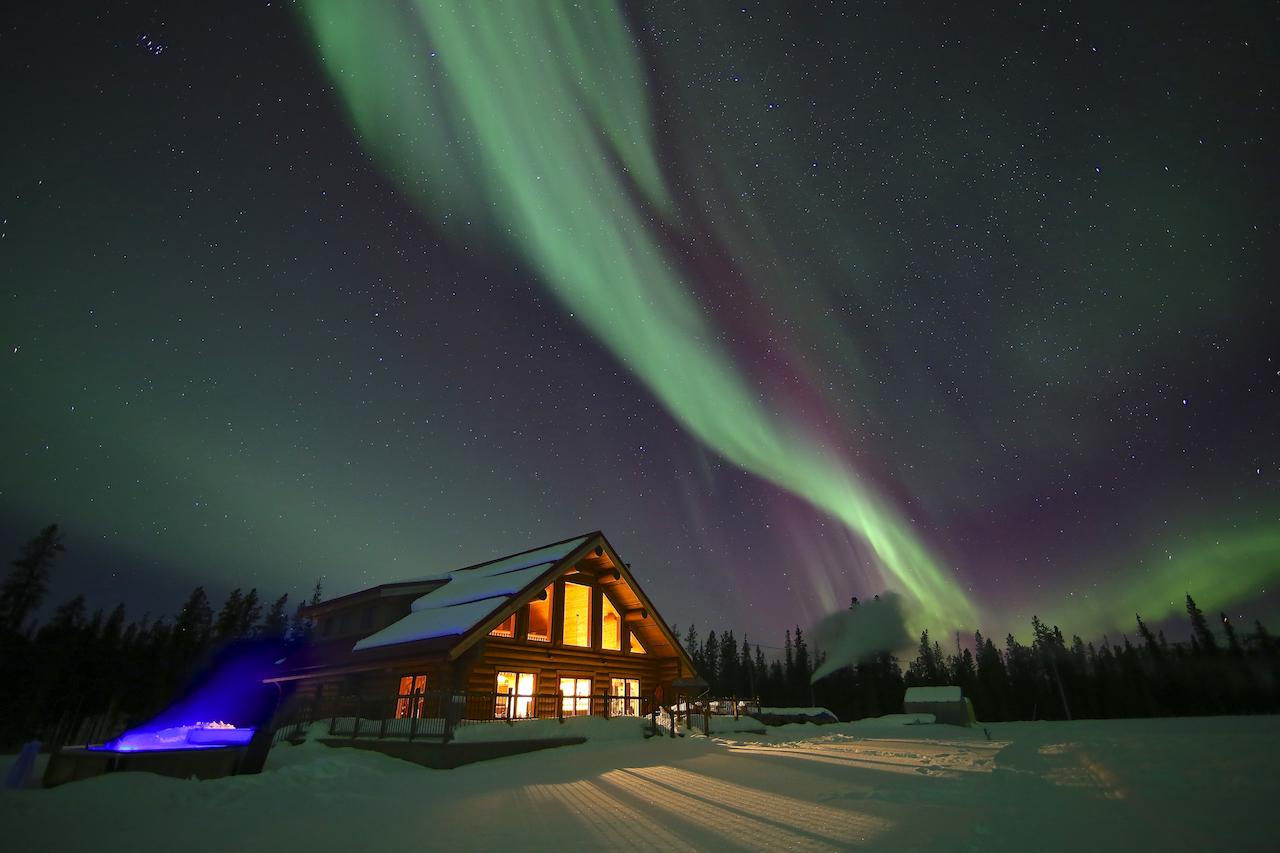

The wide open plains of Pingvellir National Park is perhaps the most popular viewing site. Unlike other places where you can see the Northern Lights, Iceland is the only location where you can spot the Borealis from almost anywhere in the country as long as you’re outside Reykjavik. Pingvellir National Park, most of the country

The Northern Lights are a nighttime activity – meaning that booking your ideal location in an area with prime viewing conditions is something that you should make time for when planning your visit to one or more of these 10 destinations. Because there is no guarantee in seeing the lights based on the necessary atmospheric conditions, tours are not advised. When it comes to plans involving the Northern Lights, flexibility is the key word. The months for viewing range last from late August – mid-April and the peak seasons are September and March due to the March and September equinox. The ideal viewing conditions for this natural phenomenon are crisp, cold, clear and cloudless skies in locations with minimum light. Named after the Roman goddess of dawn, the Aurora Borealis have been admired for hundreds of years dating back in history. The electrons in atoms are moved to a higher-energy state and when the electrons drop back to a lower-energy state, they release a photon which appears to us as light. The Northern Lights, or Aurora Borealis, is the result of charged particles from the sun colliding with gaseous particles in the Earth’s atmosphere. Stars can’t shine without darkness.and neither can the enchanting swirls of color that a large population of people have as a checkpoint on their bucket list.


 0 kommentar(er)
0 kommentar(er)
